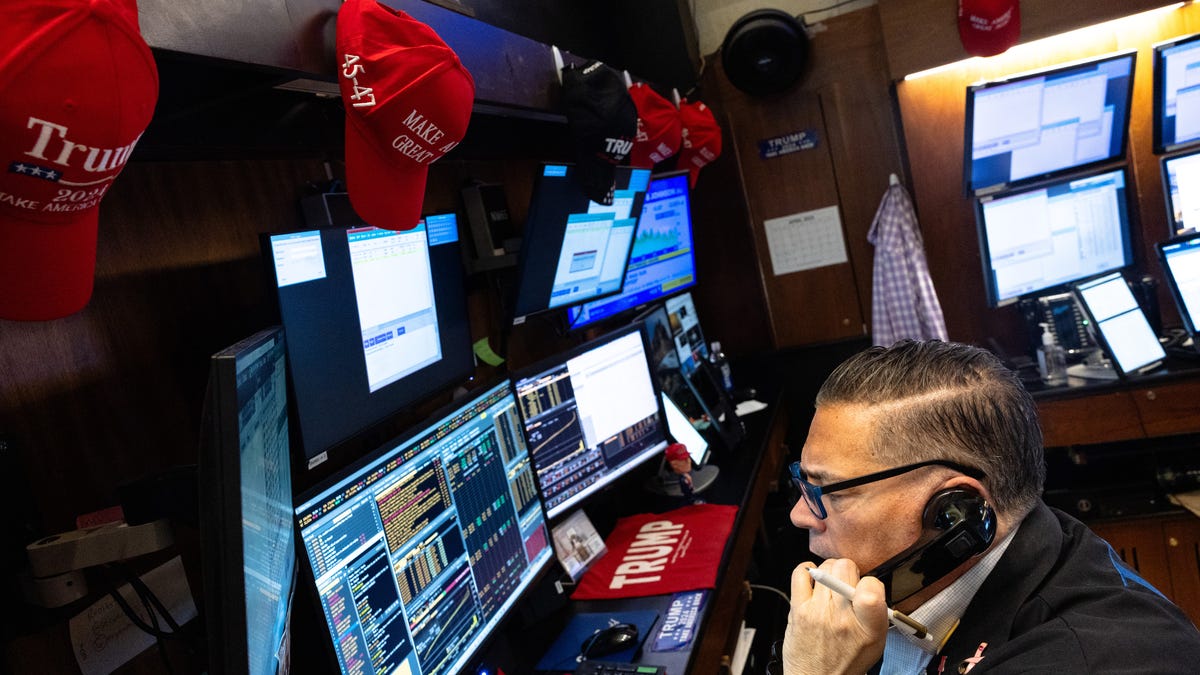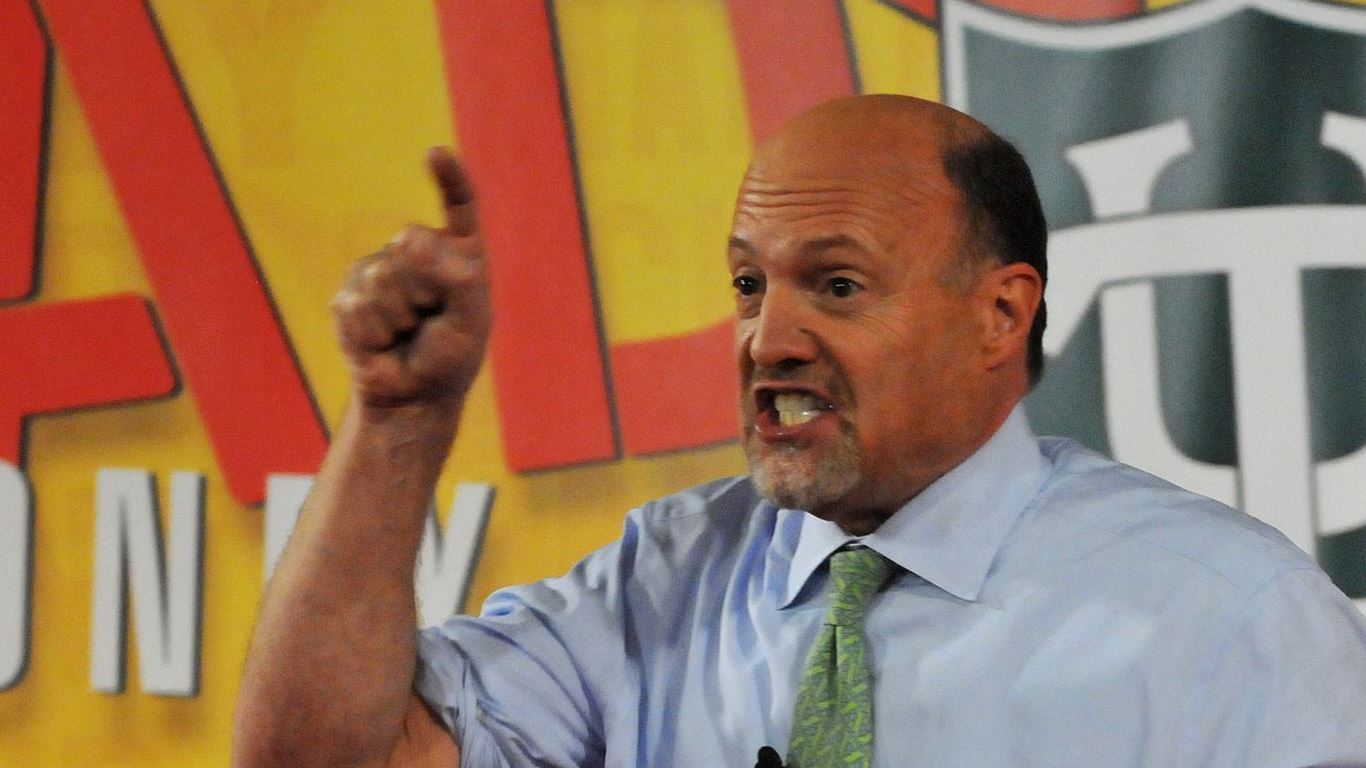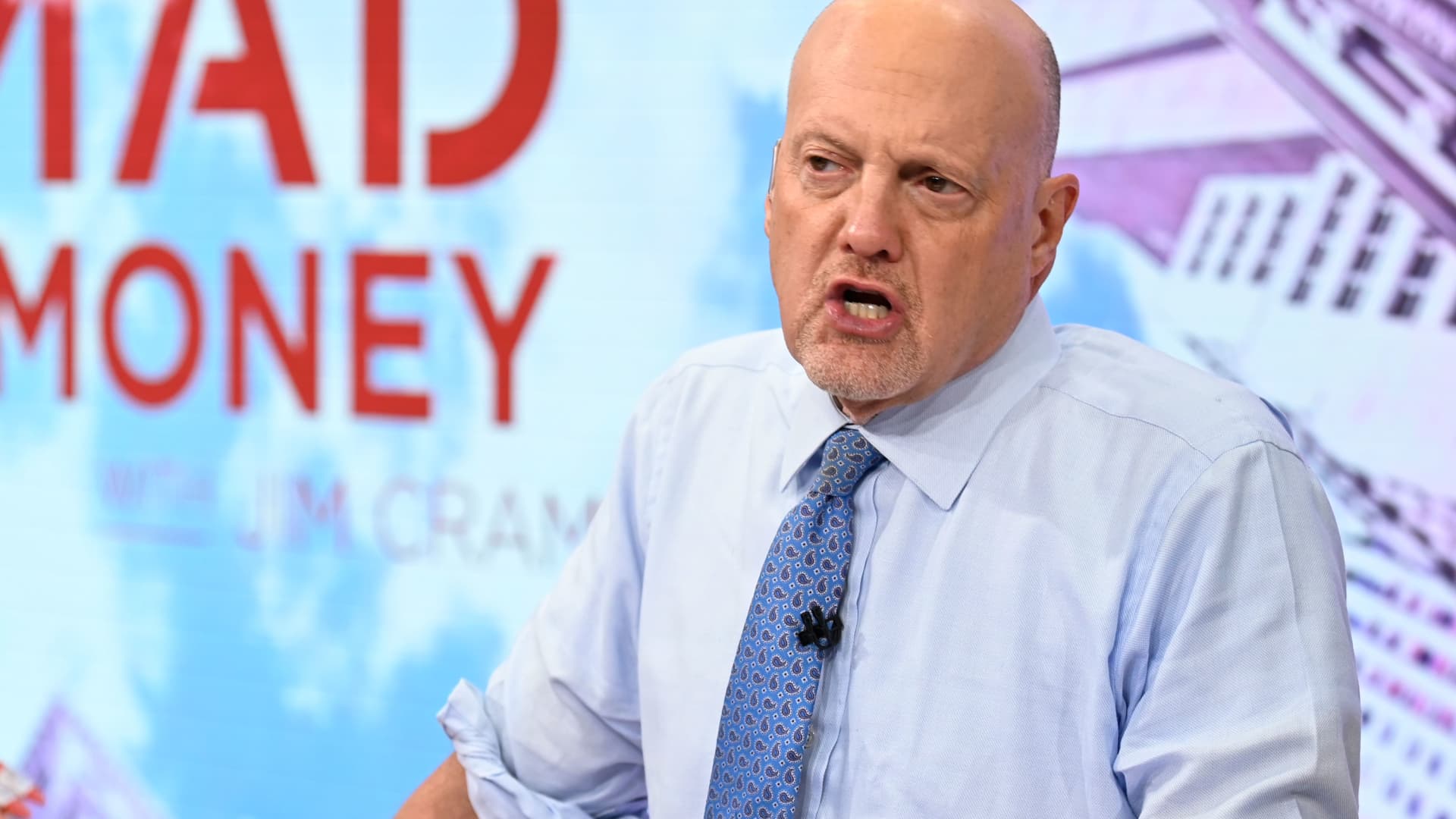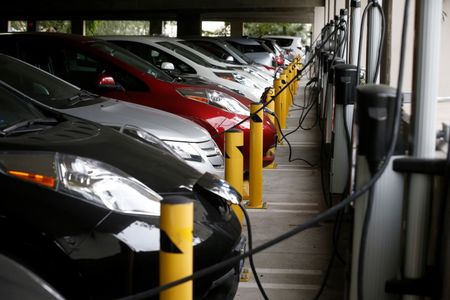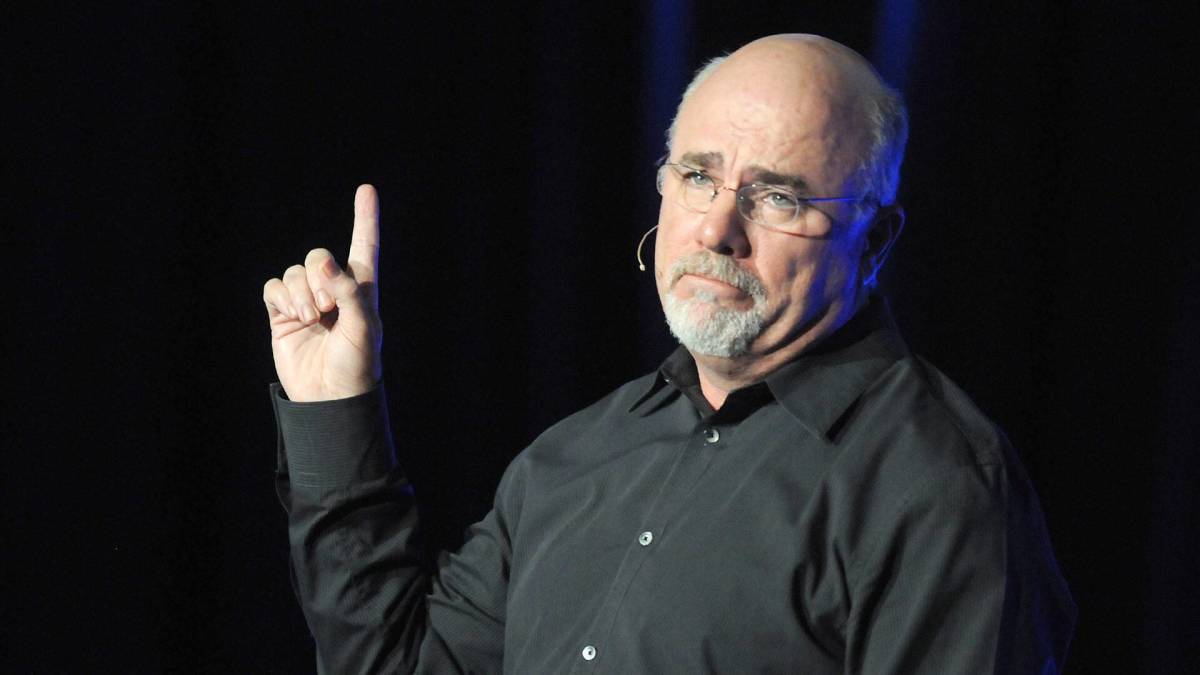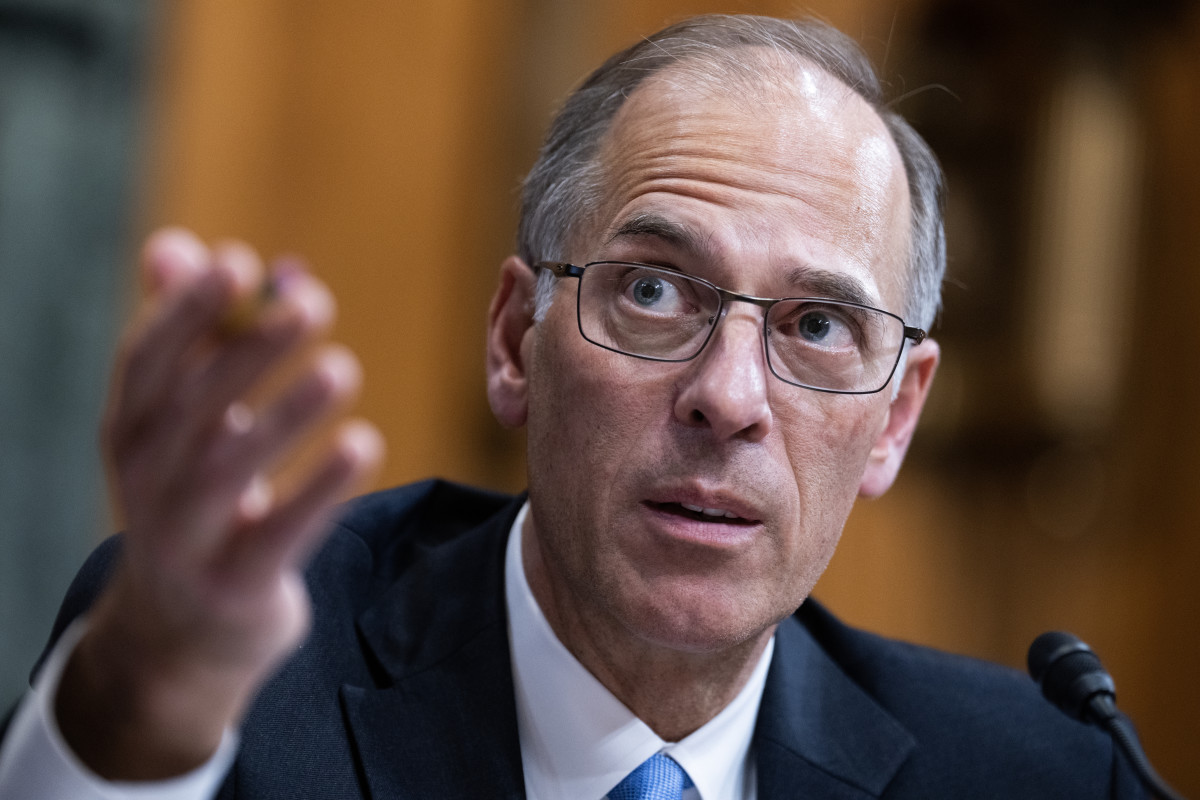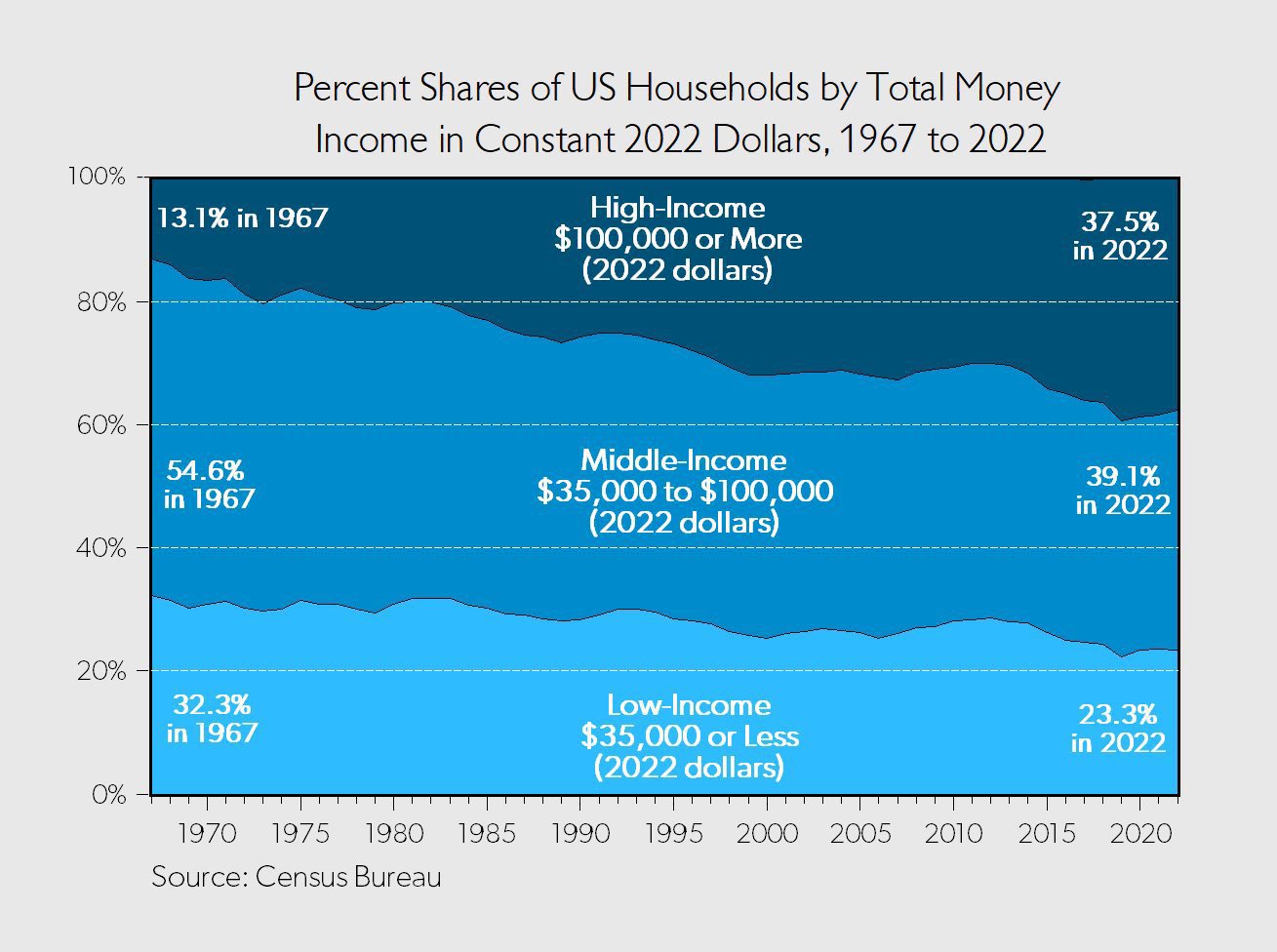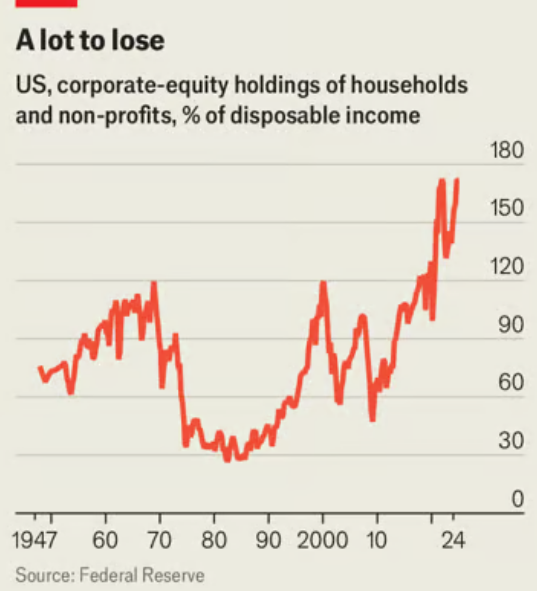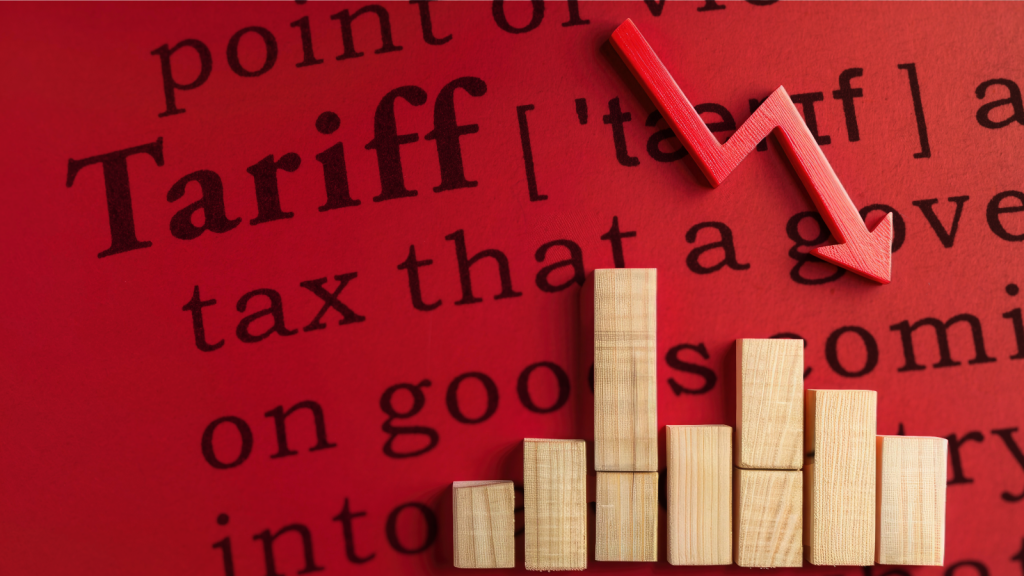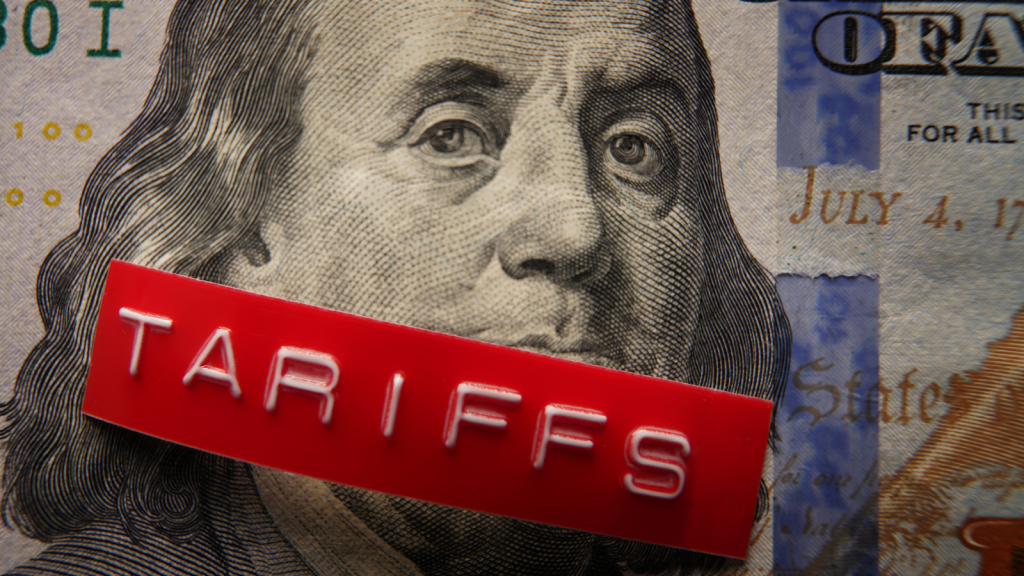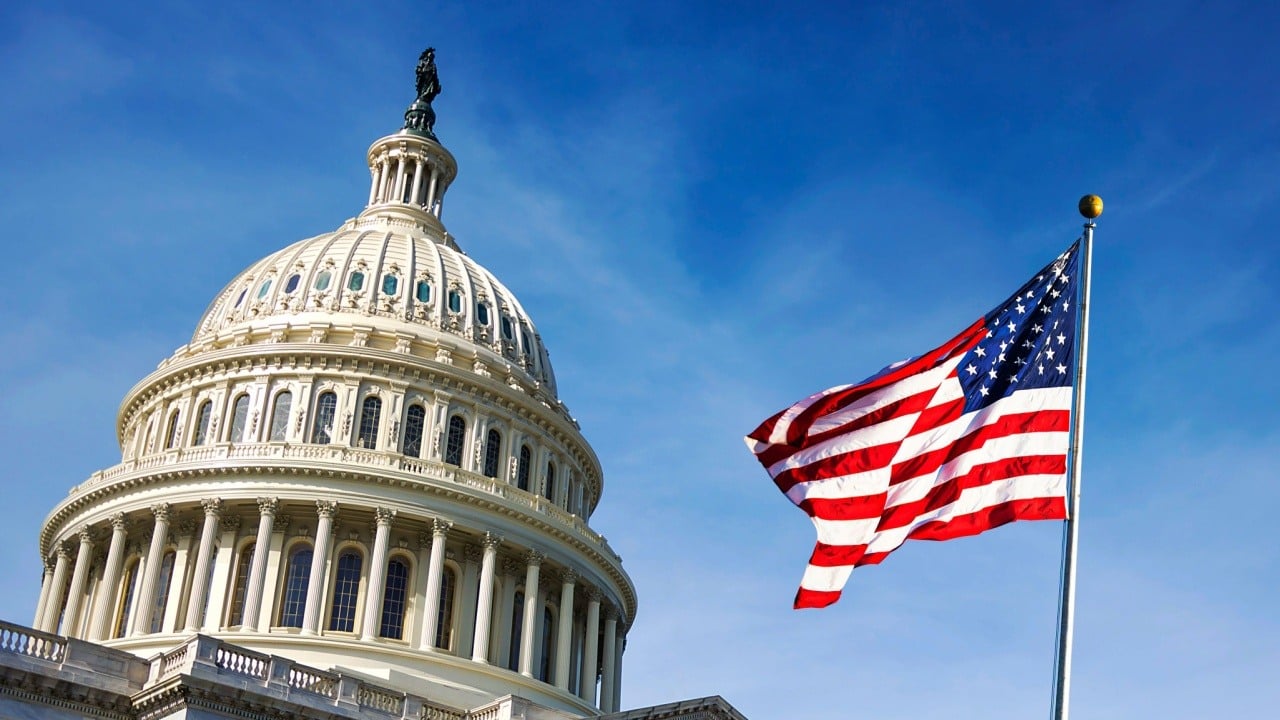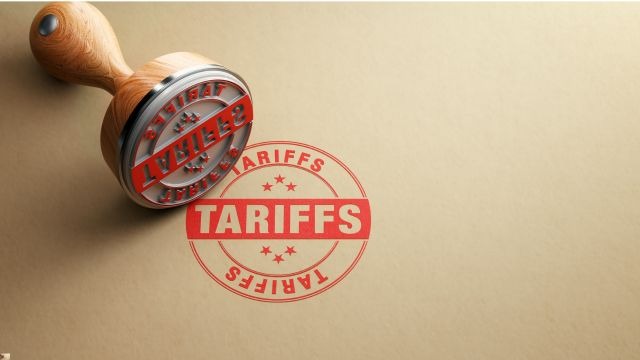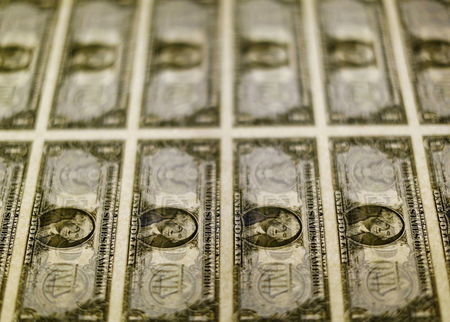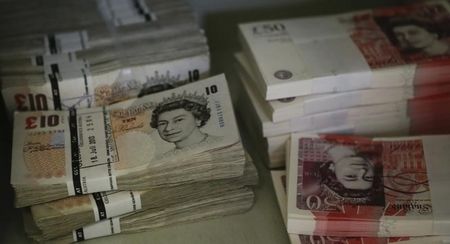Donald Trump Campaigned on Cutting Corporate Taxes – Where Does That Promise Stand Today?
President Donald J. Trump’s 2024 electoral campaign was buoyed by the hope that his leadership would return the economic prosperity of his previous term, which had been decimated by Bidenomics and rampant Congressional spending, fueling inflation to the worst levels in 40 years. Central to President Trump’s strong economic performance from 2016-2020 was the 2017 […] The post Donald Trump Campaigned on Cutting Corporate Taxes – Where Does That Promise Stand Today? appeared first on 24/7 Wall St..
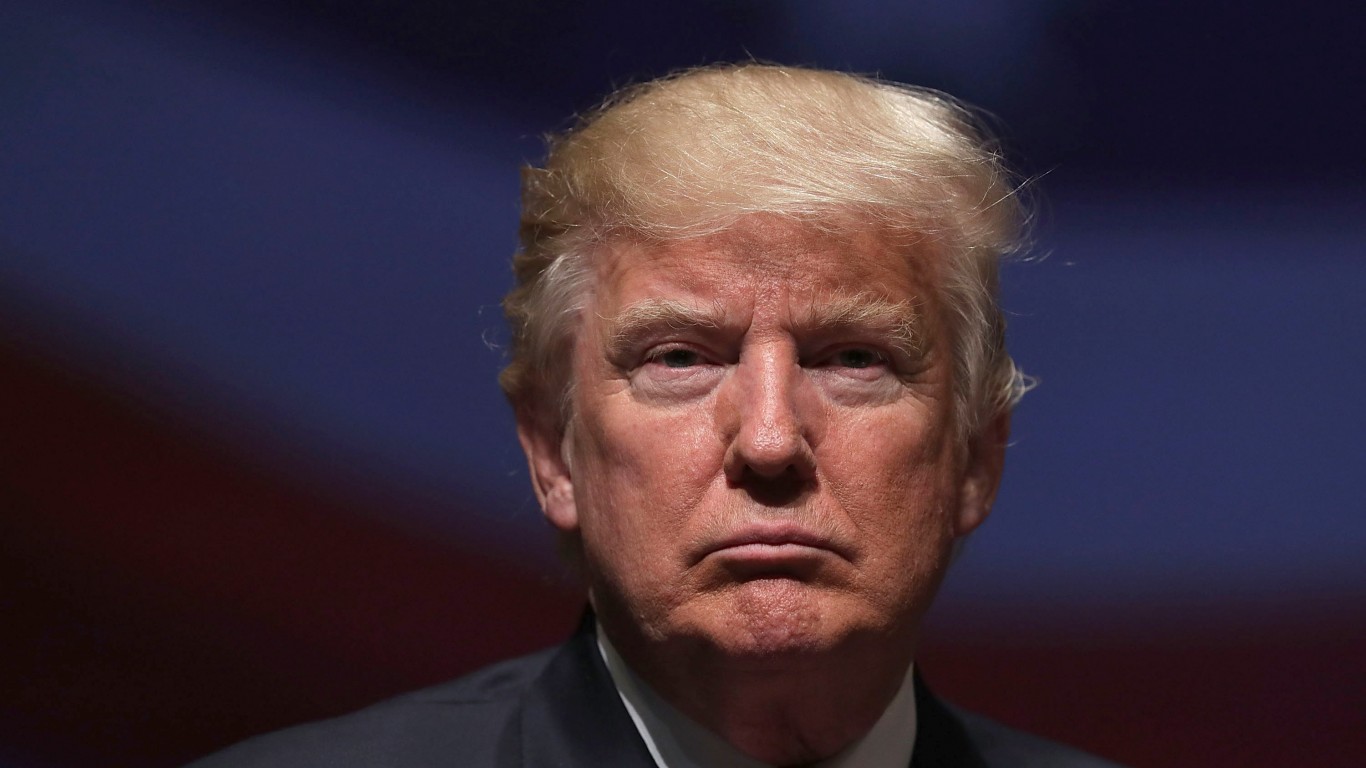
President Donald J. Trump’s 2024 electoral campaign was buoyed by the hope that his leadership would return the economic prosperity of his previous term, which had been decimated by Bidenomics and rampant Congressional spending, fueling inflation to the worst levels in 40 years. Central to President Trump’s strong economic performance from 2016-2020 was the 2017 Tax Cuts and Jobs Act, which reduced corporate taxes from 35% to 21%. TCHA resulted in unprecedented business growth, new entrepreneurism, historically low unemployment among all ethnic groups, and consumer confidence soaring to an 18-year high. The 21% corporate rate is one of the few permanent aspects to TCJA not subject to expiration.
President Trump has been adamant about the need to renew TCJA, as other key provisions expire in December, 2025. He is also proposing additional tax cuts, such as taxes on overtime, tips, Social Security payments, and has even proposed eliminating federal income tax altogether, to be replaced with revenues from a national consumption tax and tariffs. However, analysts have debated the merits of further tax cuts, the impact on the national debt, and whether or not Congress would ultimately be able to legislate these proposals into law.
Key Points
-
The 2017 Tax Cuts and Jobs Act (TCJA) delivered unprecedented business growth and entrepreneurism, in addition to additional retained money in the pockets of a majority of American citizens.
-
President Trump campaigned on cutting taxes further on a number of fronts, including renewal of TCJA before its expiration in December, 2025.
-
Many analysts who have debated over the effectiveness of further tax cuts fail to include the massive regulatory cuts, the large pending reductions in wasteful spending being identified by DOGE, and the resultant job creation, business growth, and fresh investment into US business as a result of the tariff policies.
-
Are you ahead, or behind on retirement? SmartAsset’s free tool can match you with a financial advisor in minutes to help you answer that today. Each advisor has been carefully vetted, and must act in your best interests. Don’t waste another minute; get started by clicking here here.(Sponsor)
Arguments Against Tax Cuts and The Truth
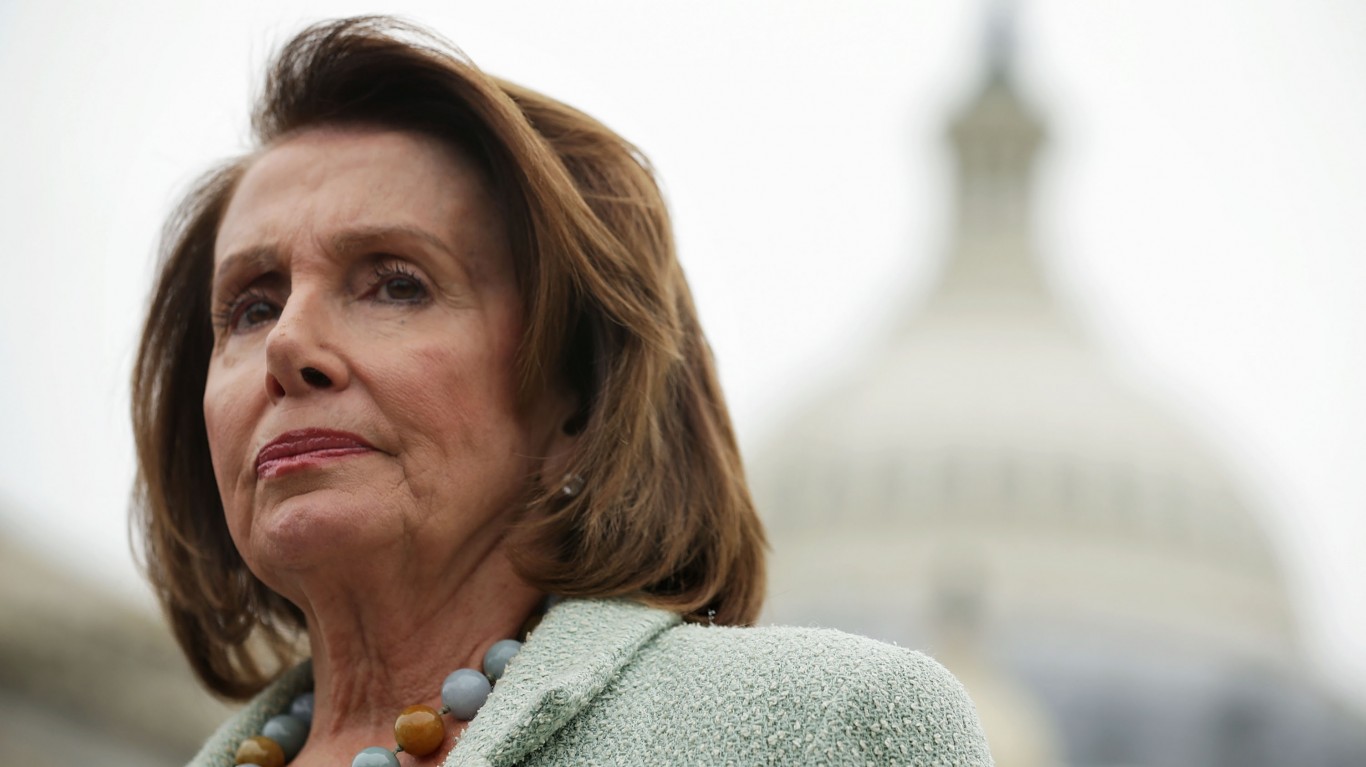
Not surprisingly, the entirety of elected Democrats, as well as left-leaning Republicans, have been the loudest voices against cutting taxes. Democrat leaders like Senators Chuck Schumer (D-NY), Nancy Pelosi (D-CA), and Elizabeth Warren (D-MA) have been among the more articulate critics, although their mantras about “tax cuts would only be for the top 1%” and that “the rich don’t pay their fair share” have been thoroughly debunked by genuine statistics and even left leaning Factcheck.org. In actuality, TCJA benefited over 75% of all US taxpayers, and it has been verified that the top 1%, in fact, pay 40% of the entirety of federal income tax.
The Congressional Budget Office’s analysis projects that a TCJA extension would create increased deficits based on reduced tax revenues from present levels. It forecasts a $4.6 trillion shortfall over 10 years, accounting for interest on outstanding federal debt. The Tax Policy Center projected that economic growth would offset only 6% of the shortfall.
One crucial point is that neither the CBO or TPC prognostications take into account any significant spending cuts nor how tariffs will accelerate cutting deficits, as well as other key policy ramifications already in effect in the Trump Administration:
- How tariffs are creating fresh US investment, new businesses, and more crucial private sector jobs.
- The impact of lower tax rates and the elimination of onerous Biden-imposed regulatory burdens are jump-starting new manufacturing and other major business creation.
- How ending potential trillions in fraudulent, misappropriated, and likely criminal spending waste from USAID and numerous other federal agencies uncovered by DOGE will accelerate the goal towards eliminating the trillions in federal debt overhang via drastically reduced spending.
- Why a national consumption tax effectively rebuts Democrat opponents’ claims of “unfairness” and “only favoring the rich”.
Trump Fiscal Policy Results In The First 60+ Days
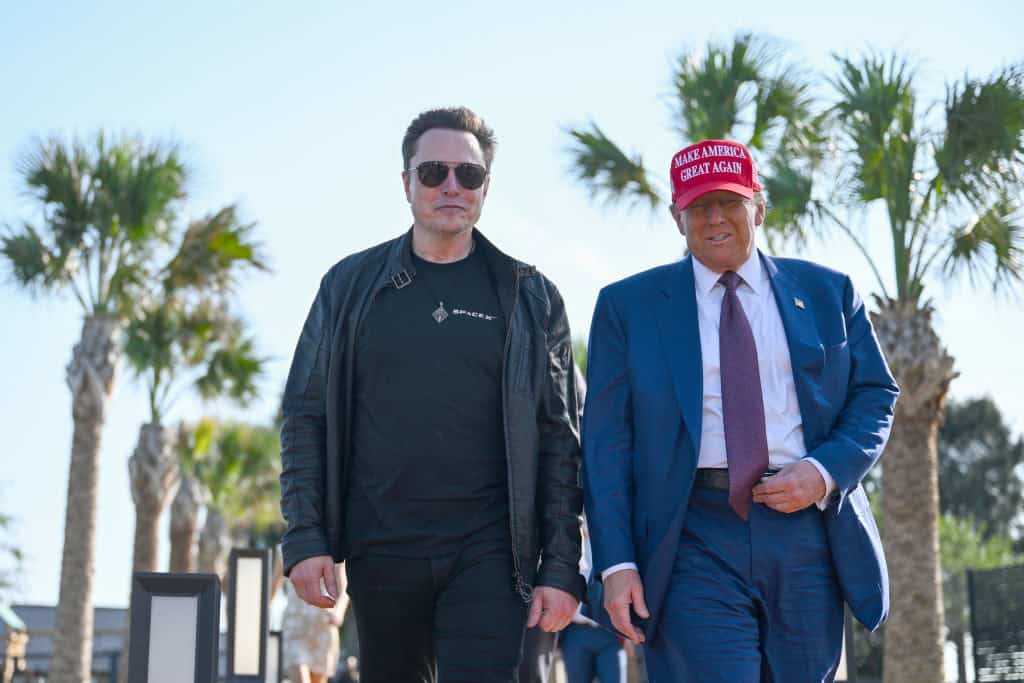
Since taking office in January, the threat of Trump’s tariffs has already created a seismic shift in the corporate business environment. For example:
- In response to prospective 25% tariffs on products made in Taiwan, Taiwan Semiconductor, the maker of all of the GPUs from Nvidia and AMD required to run Artificial Intelligence, announced a $100 billion investment into new factories to be located in AZ for making GPUs and other semiconductor products expressly for the US market.
- SoftBank Group Corp. from Japan pledged to invest $50 billion in the US to create 50,000 new jobs.
- Apple announced it invested $500 billion for AI servers to be built in Michigan and Texas, creating 20,000 new jobs.
- Oracle, ChatGPT, and OpenAI announced its Stargate JV would invest up to $500 billion for AI infrastructure construction, creating hundreds of thousands of new jobs in various states, commencing with Texas.
- The revival of US-manufactured steel and copper is already underway, thanks to US tariffs to prevent dumping from China and other nations into the US market.
Additionally, Elon Musk’s DOGE has been uncovering misappropriated taxpayer funds, payments to nonexistent recipients, and useless pork projects ostensibly designed to serve as political kickbacks and bribes to overseas entities, all of which are in the process of being cut. The anticipated spending cuts, something not factored into the CBO calculations, could drastically accelerate the rate of reducing the federal debt. A recent CBS poll found that 77% of the American public supports the work of DOGE.
Lastly, a consumption tax, proposed as a 14-17% tax on all new goods except for food and medicine, would be a tax that visibly and unequivocally hits the wealthiest the hardest, thus debunking any accusations about unfairness. With no loopholes, a flat consumption tax is based on the value of the purchased item. Since expensive goods that are only affordable for the wealthy have a higher price tag, the commensurate tax revenues from those items will generate more tax revenues.
President Trump was given a mandate by the electorate. While he has already enacted some of his plans to good effect, his tax and regulatory cutting proposals will still require much combating with Democrats, the predominant recipients of high taxes and big government spending. Over the next 4 years, the results of these battles will determine the extent of the initiatives’ full financial benefits.
The post Donald Trump Campaigned on Cutting Corporate Taxes – Where Does That Promise Stand Today? appeared first on 24/7 Wall St..























